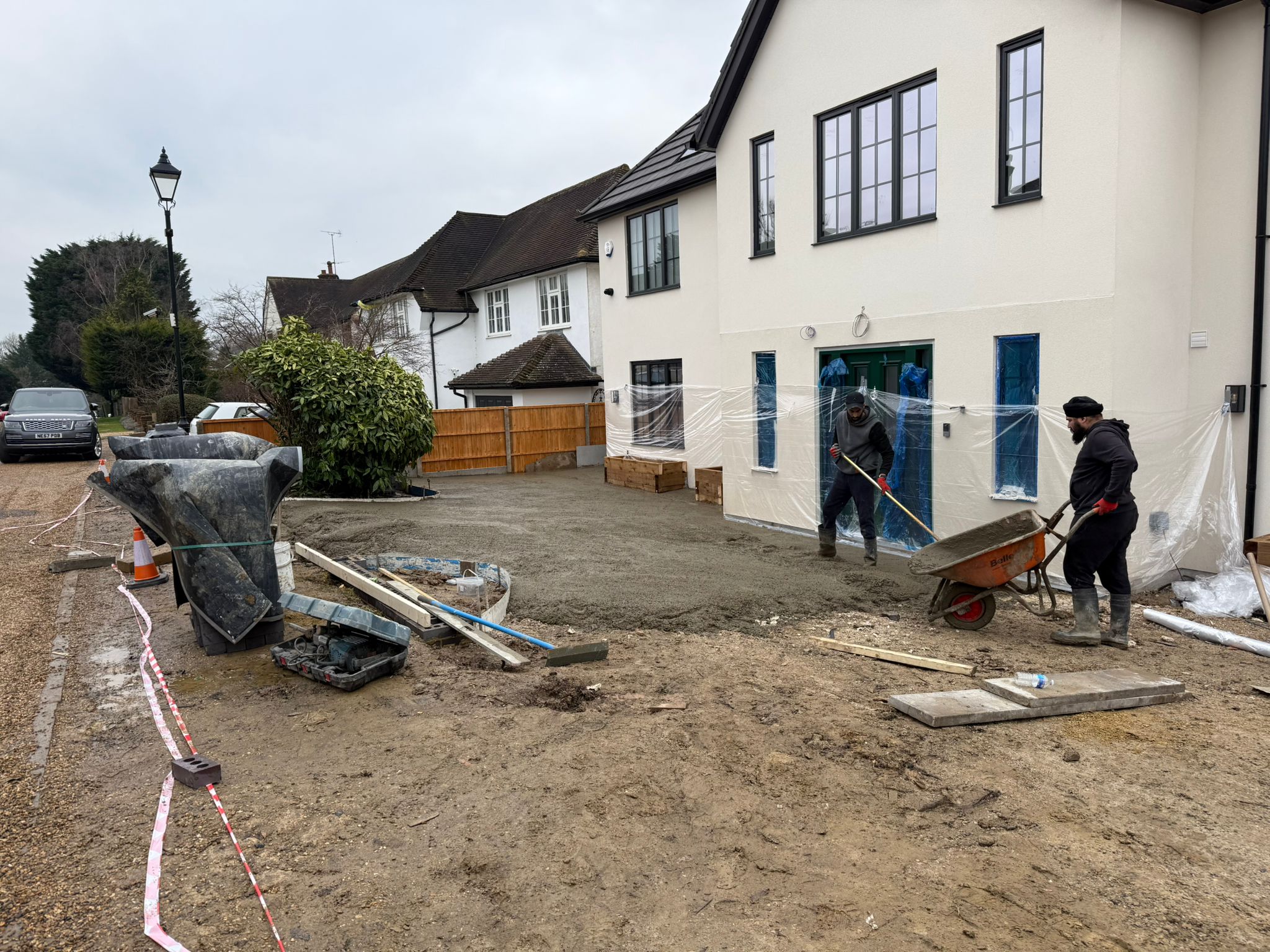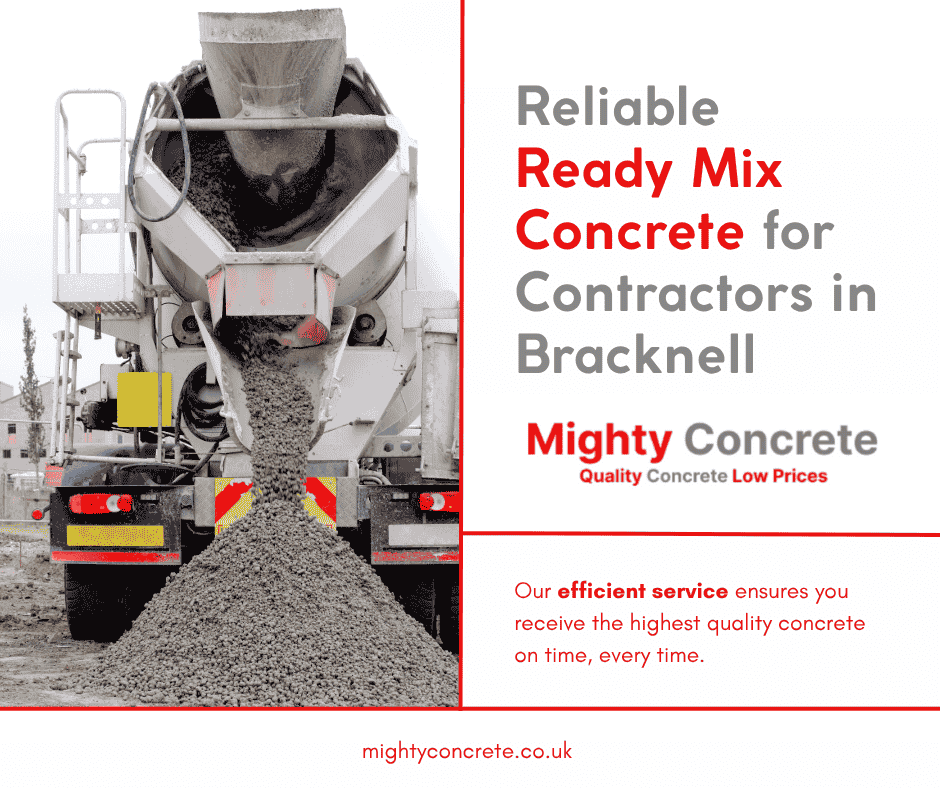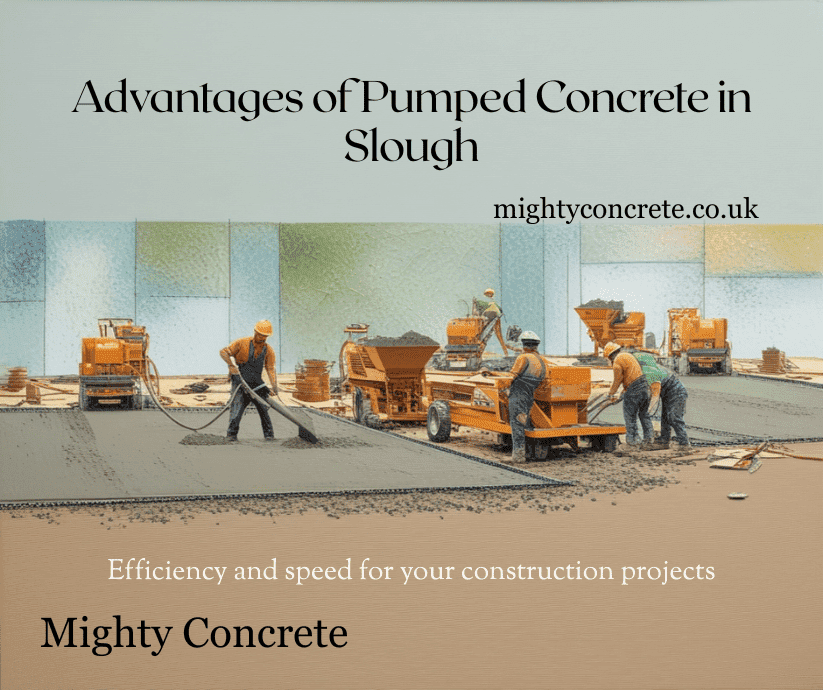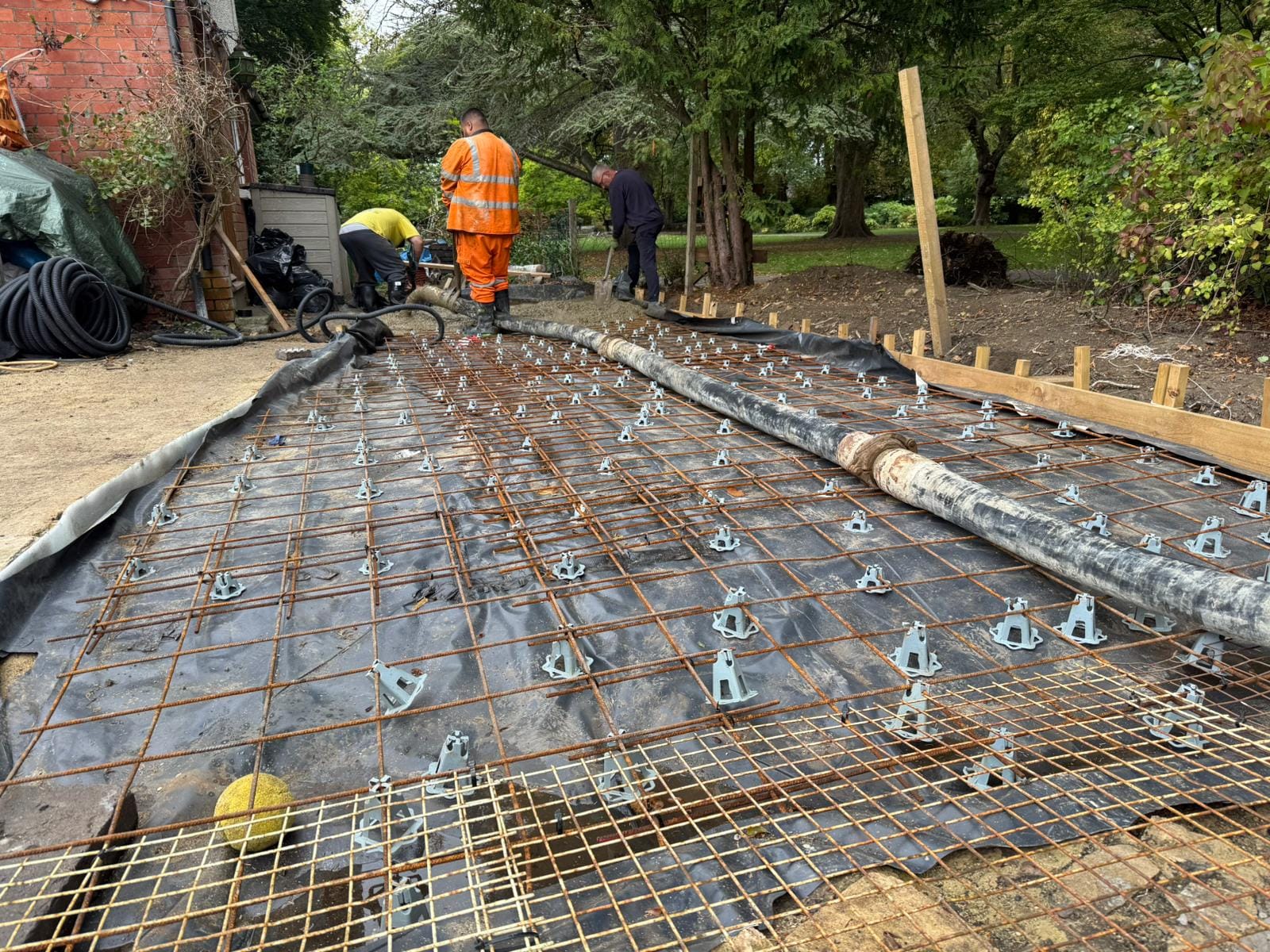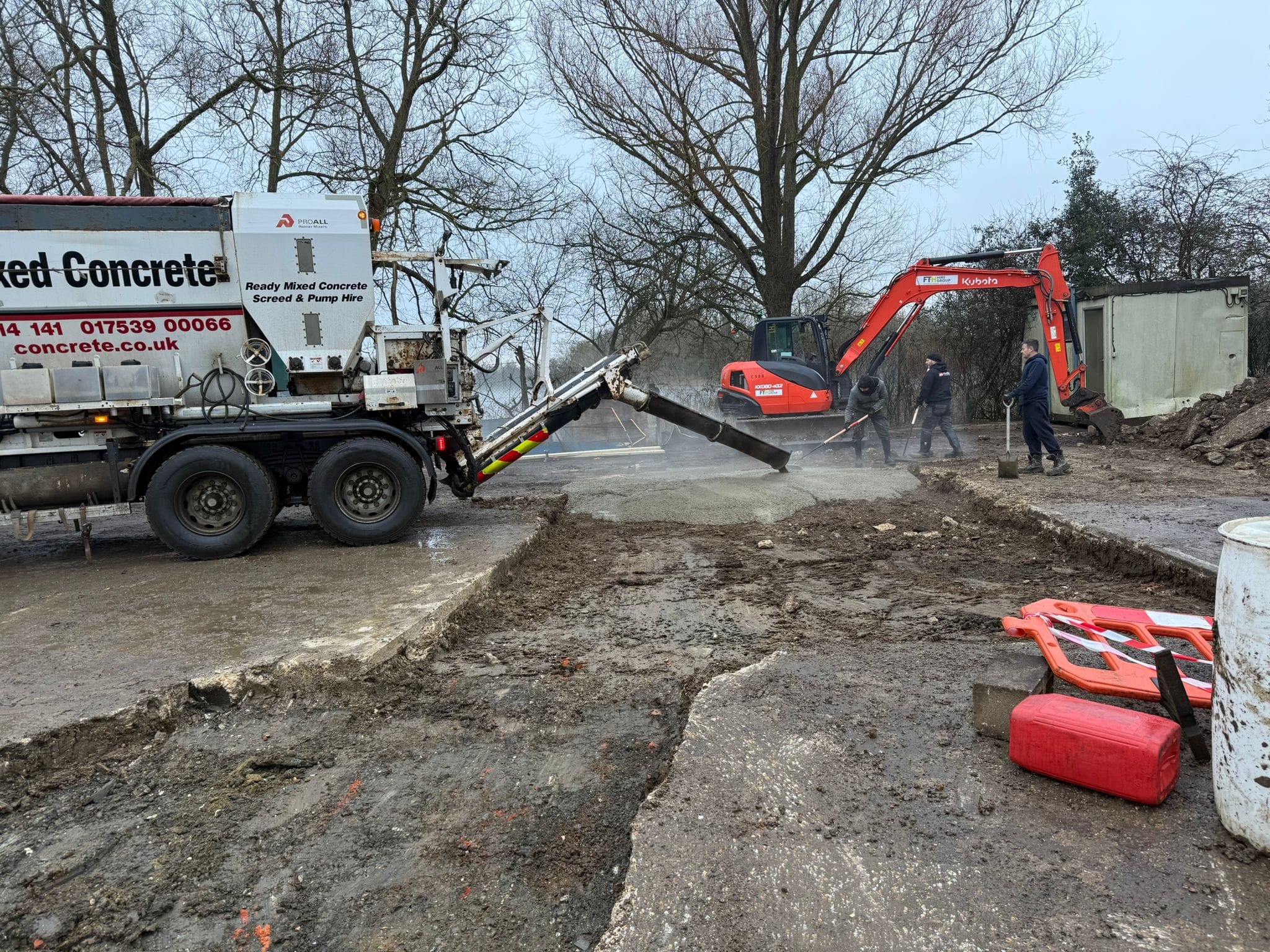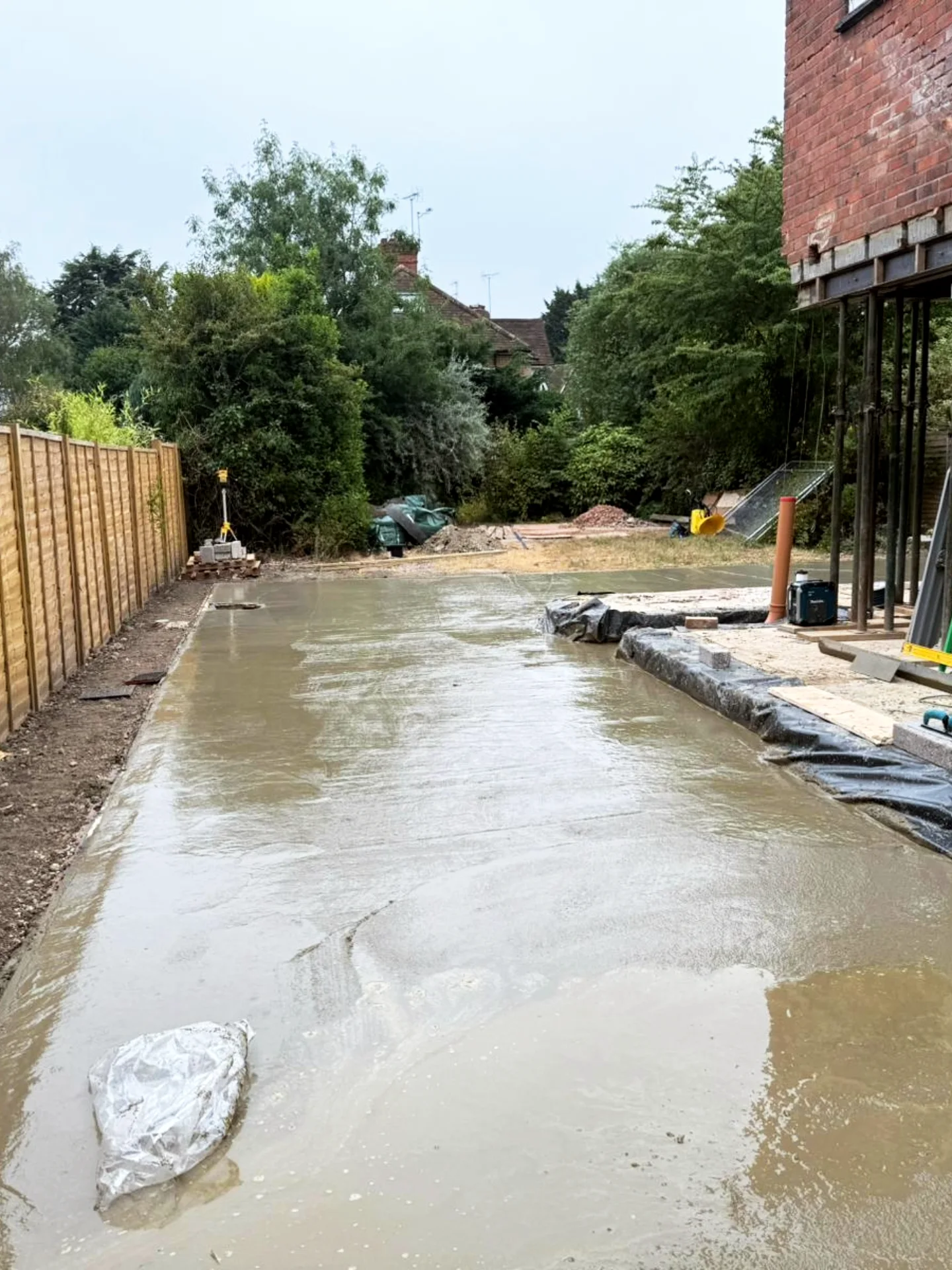Concrete has long been the cornerstone of modern construction, quite literally forming the foundation of our buildings, roads, and bridges. However, while concrete is strong and versatile, it is not without flaws. Cracks can develop over time due to environmental stress, structural movement, or natural wear and tear. Traditionally, repairing these cracks has required significant labour, cost, and downtime.
But what if concrete could fix itself?
Welcome to the era of self-healing concrete, a revolutionary innovation that promises to reshape the construction industry. With the growing demand for sustainable infrastructure and cost-efficient building solutions, self-healing materials are emerging as a breakthrough technology, offering both economic and environmental benefits.
Understanding Self-Healing Concrete
Self-healing concrete refers to concrete which can autonomously repair its own cracks. This is typically achieved through one of several innovative techniques that activate when cracks appear, thereby sealing them without the need for manual intervention.
The core idea is inspired by nature; just as the human body heals a cut by forming a scab and regenerating tissue, self-healing concrete uses embedded agents that react to damage by filling in the cracks.
There are currently a number of approaches to self-healing in concrete, including:
- Bacterial-based healing
- Encapsulated healing agents
- Shape-memory materials
- Crystalline additives
Each of these systems has its own unique advantages, and ongoing research is refining their effectiveness and scalability.
Bacterial-Based Self-Healing Concrete
One of the most widely researched and commercially explored self-healing methods involves the use of bacteria. In this approach, dormant spores of calcite-precipitating bacteria, such as Bacillus pseudofirmus or Bacillus cohnii, are embedded into the concrete mix along with a nutrient like calcium lactate.
When a crack forms and water enters, it activates the bacteria, which then produce calcium carbonate (limestone). This material fills the crack and restores the concrete’s integrity.
Real-World Example:
The Delft University of Technology in the Netherlands developed one of the earliest prototypes of this bacterial self-healing concrete. It’s now being trialled in several structures across Europe, showing promising long-term durability and performance.
Encapsulated Healing Agents
Another approach involves embedding tiny microcapsules filled with healing agents (e.g. epoxy or polyurethane) into the concrete. When cracks form, the capsules rupture and release the agents, which then harden and seal the cracks.This method is particularly useful for sealing microcracks that could otherwise develop into larger structural problems over time.
Shape-Memory Alloys and Polymers
This innovation takes a slightly different route. Certain shape-memory materials, especially alloys and polymers, can revert to their original shape when exposed to heat or other stimuli. When embedded in concrete, these materials can “pull” the cracked concrete back together, initiating self-repair.While this technology is still in its infancy, it holds promise for high-performance structures that demand both flexibility and strength.
Crystalline Additives
Crystalline waterproofing admixtures are additives mixed into the concrete that react with water and unhydrated cement particles. These reactions form insoluble crystals that fill in capillaries and microcracks, effectively sealing the structure from further water ingress.Companies are already marketing concrete with such additives for use in basements, tunnels, and water tanks—structures where watertight integrity is essential.
Benefits of Self-Healing Concrete
The adoption of self-healing concrete materials offers a multitude of benefits, especially in a world increasingly focused on sustainability and efficiency:
Reduced Maintenance Costs
By eliminating the need for frequent inspections and manual repairs, self-healing concrete can significantly lower maintenance costs over a structure’s lifetime. This is particularly advantageous in remote or hard-to-access structures such as bridges, offshore platforms, or tunnels.
Extended Lifespan of Structures
Cracks compromise structural integrity, leading to long-term deterioration. By autonomously sealing these cracks, self-healing concrete prolongs the lifespan of infrastructure.
Environmental Sustainability
Less repair work means fewer raw materials used and reduced carbon emissions. This aligns with the UK’s push towards net zero construction and more sustainable building practices.
Improved Safety
By preventing the progression of structural faults, self-healing concrete improves overall safety—especially in load-bearing applications where undetected damage could lead to catastrophic failure.
Challenges to Widespread Adoption
Despite its promising benefits, self-healing concrete is not without challenges:
- Higher initial costs: The materials and production processes for self-healing concrete are currently more expensive than traditional methods.
- Scalability: Not all healing methods are easily scalable to large commercial projects.
- Performance consistency: In some cases, the effectiveness of self-healing agents depends on external conditions, such as temperature and moisture.
However, with increasing investment and advancements in material science, these obstacles are being steadily overcome.
The UK Construction Industry’s Shift Towards Smart Materials
The UK has always been a leader in innovation within the construction sector. With growing concerns around sustainability, longevity, and building safety, the industry is embracing smart materials like never before.
Government-backed initiatives and private sector collaborations are driving research into smart construction materials, including self-healing concrete, with pilot projects already underway.
According to recent forecasts, the global market for self-healing concrete is expected to exceed £1.5 billion by 2030, with the UK poised to be a significant player.
How Mighty Concrete Is Staying Ahead
From their high standard product to their commitment to quality and longevity, Mighty Concrete consistently delivers on the promise of durable, reliable, and future-ready concrete products. Whether it’s concrete for domestic projects or custom solutions for large-scale projects, Mighty Concrete brings both innovation and trust to the table—ensuring that your concrete not only performs today but also endures tomorrow.
The rise of self-healing concrete represents more than just a novel innovation—it’s a transformational shift in how we think about building and infrastructure maintenance. As cities grow and our infrastructure ages, the ability to self-repair will become not just desirable, but essential.
With companies like Mighty Concrete embracing cutting-edge materials and sustainable construction methods, the future of the built environment looks stronger, smarter, and more resilient than ever.

